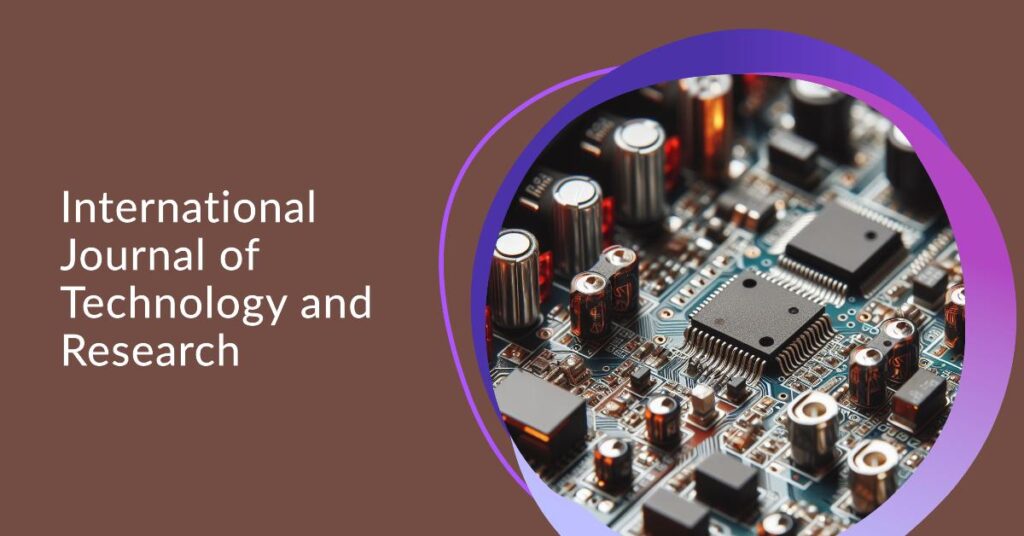Abstract—To comprehend the Basic Concepts, Network
Evolution, Specifications, Importance, and a few other aspects of
GSM, HSPA & LTE and a brief scenario of migration from
GSM to 3G (I-HSPA) is proposed for Pakistan
Telecommunication Industry with the collaboration of Nokia
Siemens Network Pakistan.
Wireless telecommunication technologies have
revolutionized the world as we know it. The initial 1st
Generation (1G) technologies introduced mobile
cellular telephones for the very first time. It changed the ways
that we communicated with one another and created a great
convenience for everyone. No longer were we handicapped in
terms of communication and were connected with everyone
where ever were.
The 1G technology included the NMTS, AMTS, and the most
popular one AMPS. These technologies were based on the
analog process of communication. They mostly provided voice services.
But the human needs keep on soaring and soon
enough the 2nd generation (2G) was introduced to the world.
The initial 2G technology was the GSM; it became the most
widely used cellular technology in the world. This 3rd
Generation Partnership Project (3GPP) dominated the cellular
ecosystem of the world. It provided voice as well as short messaging
services (SMS) along with many others.
The internet transformed and turned the world into a global
village; it further extended the possibilities of communication.
The information became available at everyone’s fingertips.
Services such as chatting, voice calling, video
conversations, online gaming, e-libraries, and many other
services opened up many other possibilities and frontiers for
us. The Internet soon became a necessity, and everyone wanted
to stay connected through the Internet at all times.
Keywords:
Full Text:
55-233-1-PBCredits:
Muhammad Zohaib, Saira Khan, Syed Haseeb Ali and Umer Ali

